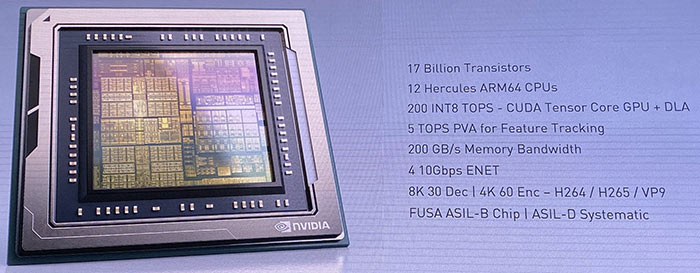D
Deleted member 13524
Guest
But do we know what process was used on the Terminators chip? I mean, that could be billions of transistors more
Stupidest thing about deep learning inference is that there's no learning at all.
Since all Terminators can learn, that definitely isn't Terminator's microchip.

